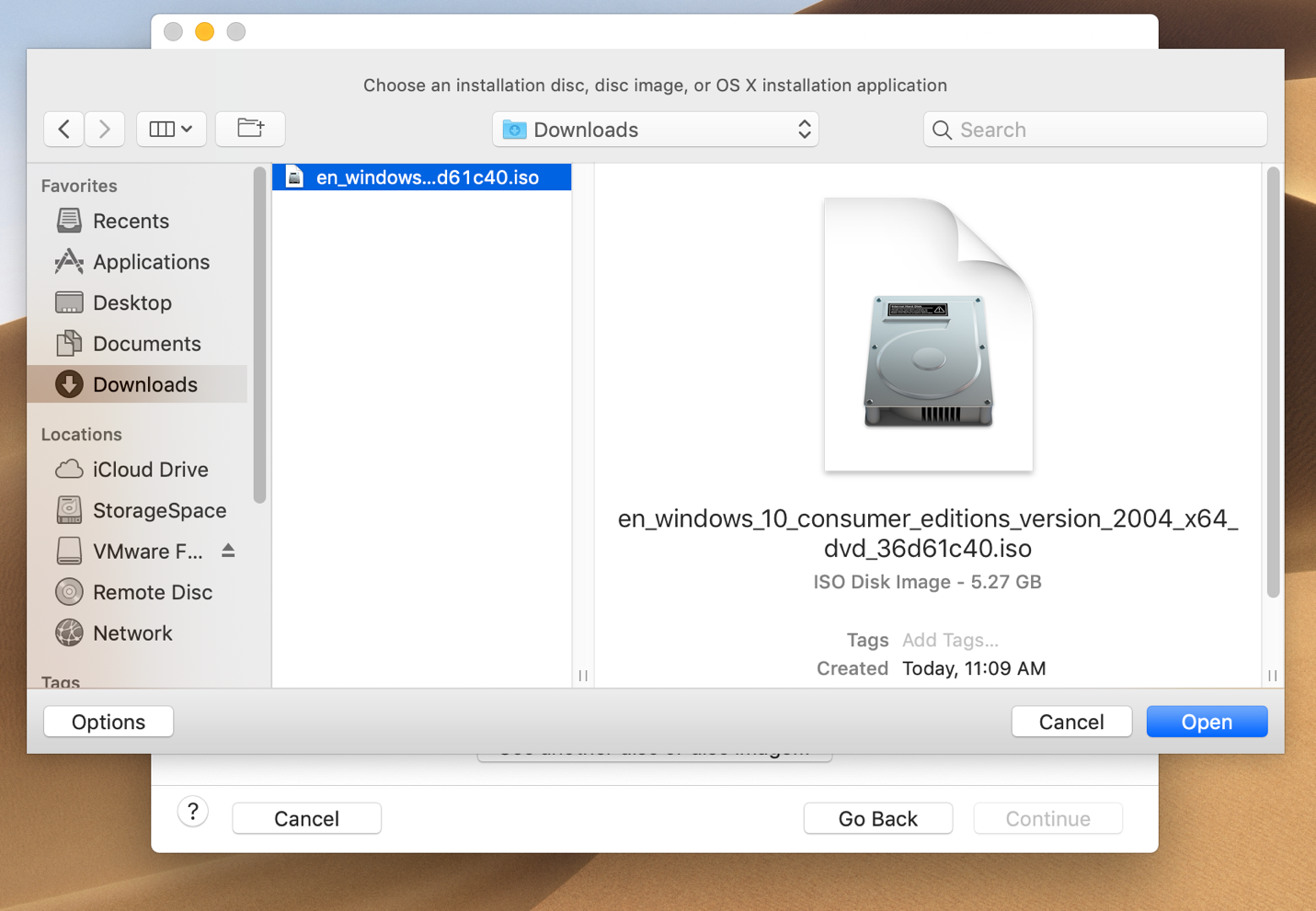
Please read KB article 1010716 ( ) for more information. Therefore, health and monitoring information may be incomplete or inaccurate. In addition, many server vendors started implementing some or all VMware specified CIM providers for server manageability. Please see KB article 1003944 ( )for more information. For proper support of the 64bit Guest Operating Systems, necessary virtualization BIOS settings need to be enabled.

If a specific server, storage array, or device is not listed on the Systems Compatibility Guide, please contact the vendor of that hardware to find out the plans for supporting that hardware with VMware vSphere. Our goal is to support a variety of storage and network adapters used as standard options for these platforms as they come to market. Additionally, VMware ESX is tested for compatibility with currently shipping platforms from the major server manufacturers in pre-release testing.
Vmware tools download legacy update#
Upgrading VMware Tools and VM CompatibilityĪutomating Upgrade of VMware Tools and VM Compatibilityįor more information, including details of bugs fixed, guest OS support and more please head to the release notes for VMware Tools 10.3.10, VMware ESXi 6.7 Update 2 and VMware vCenter Server 6.VMware ESX is tested for compatibility with a variety of major guest operating systems running in virtual machines. We have a number of blogs available covering the options for upgrading VMware Tools and VM Compatibility:Ĭonfiguring a VMware Tools Repository in vSphere 6.7U1 Note that you should only upgrade your VM Compatibility to v15 if you need these new configuration maximums: at present these are not supported on VMware Cloud on AWS and in some other products. If you want more information on vSphere Configuration Maximums we have just the site for you! In order to take advantage of the new configuration maximums you must upgrade virtual machines to VM Compatibility 15. Customer demand for compute intensive workloads such as SAP HANA has driven this new version. VSphere 6.7 Update 2 introduces VM Compatibility 15, allowing for monster VMs up to 256 vCPU and 6Tb of RAM. You should consider a number of factors, including security risk appetite when deciding if you should upgrade. To check compatibility between releases you should check the Interoperability Matrices. While some versions of VMware Tools are bundled with ESXi, the versions are broadly backward and forward compatible. We recommend upgrading to 10.3.10 for the security updates to the open source components for these distros. More modern Linux Operating Systems should continue to use open-vm-tools, which is available through your OS package manager. VMware Tools 10.3.5 was the final feature release to include OS Specific Packages (OSPs) and TAR tools (Linux ISO) for legacy Linux distributions.

Updates for Linux Guest Operating Systems We continue to work to minimise the reboot requirements when patching VMware Tools. My colleague Eric Gray blogged about this functionality being added for pvscsi back in August last year here, and customer feedback has shown that this has been a popular feature.
Vmware tools download legacy driver#
This means that you can now update both this and the pvscsi driver as a part of your regular Windows patching cadence, reducing the required number of reboots. In 10.3.10 of VMware Tools for Windows we have made the vmxnet3 driver available through Windows Update for Windows Server 2016.

Updates for Windows Guest Operating Systems It also includes a security fix for the Windows Display Driver Model (WDDM) driver. This release includes updates to the Open Source components glib, openssl and libxml2. This blogpost explains both of these, and why you might want to consider upgrading. In vSphere 6.7 Update 2 we also introduce a new version of VM Compatibility (formerly known as Virtual Hardware). On that note I’m pleased to announce that the latest release of the VMware Tools 10.3 codebase is now available for download. With VMware Tools version 10.0 VMware took the decision to separate it’s release cycle from that of vSphere.


 0 kommentar(er)
0 kommentar(er)
